Sweet, salty, creamy or crunchy snacks are our guilty pleasures. But how some of our household favorites came into being hold some surprisingly scandalous histories-- filled with tales of sexual abstinence, religious disapproval, good old-fashioned spite --even allegations of murder.
1. Graham Crackers
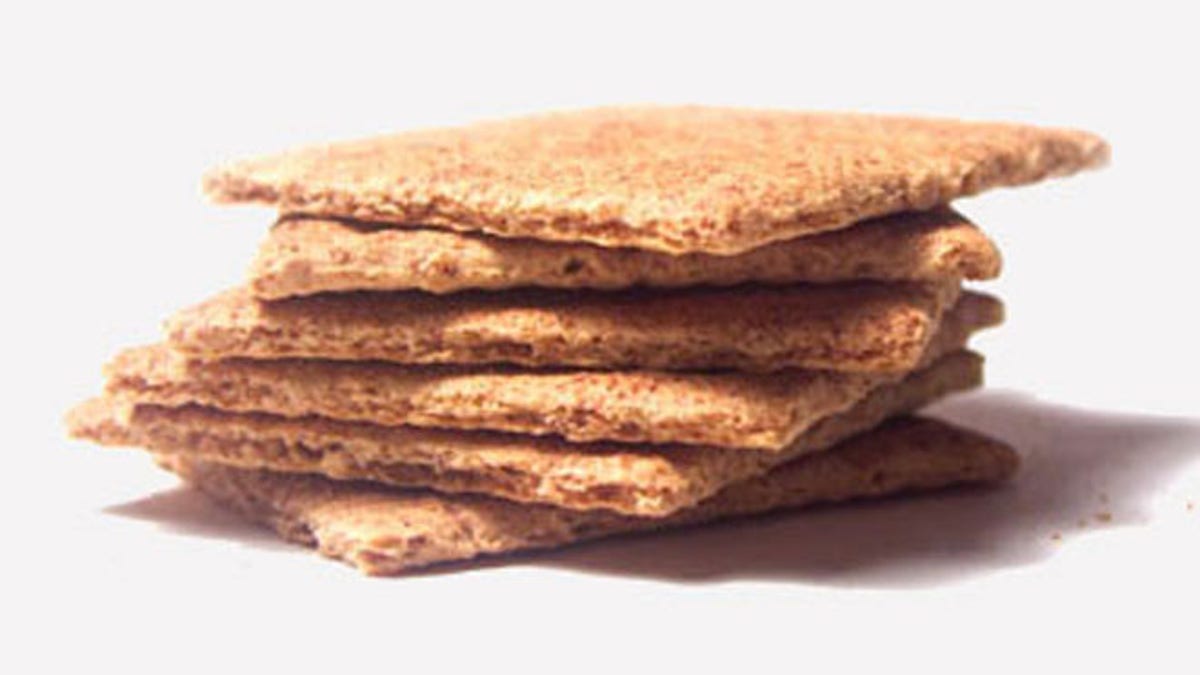
(iStock)
A zealous puritan concocted one of our earliest modern snack foods. His goal: quash good feelings of any kind, especially carnal ones. In 1829 Presbyterian minister Sylvester Graham believed that eating foods that tasted good led to promiscuity. Crave the former and the latter was soon to follow. Graham disapproved of all sexual activity.
Graham used his invention, Graham flour—finely-ground unbleached flour blended with coarsely ground bran and wheat germ—as a base for a newfangled cracker. The unsweetened “treat” was a natural extension of his vegetarianism. That diet combined with limited dairy, limited spice, mild starches with no white flour and no white bread, he believed, quelled sexual urges.
Today’s sweetened, cinnamon-tinged graham crackers--the go-to snack for small children and handholds for S’mores --bear little resemblance to Graham’s original, punishing snack.
2. Hot Chocolate
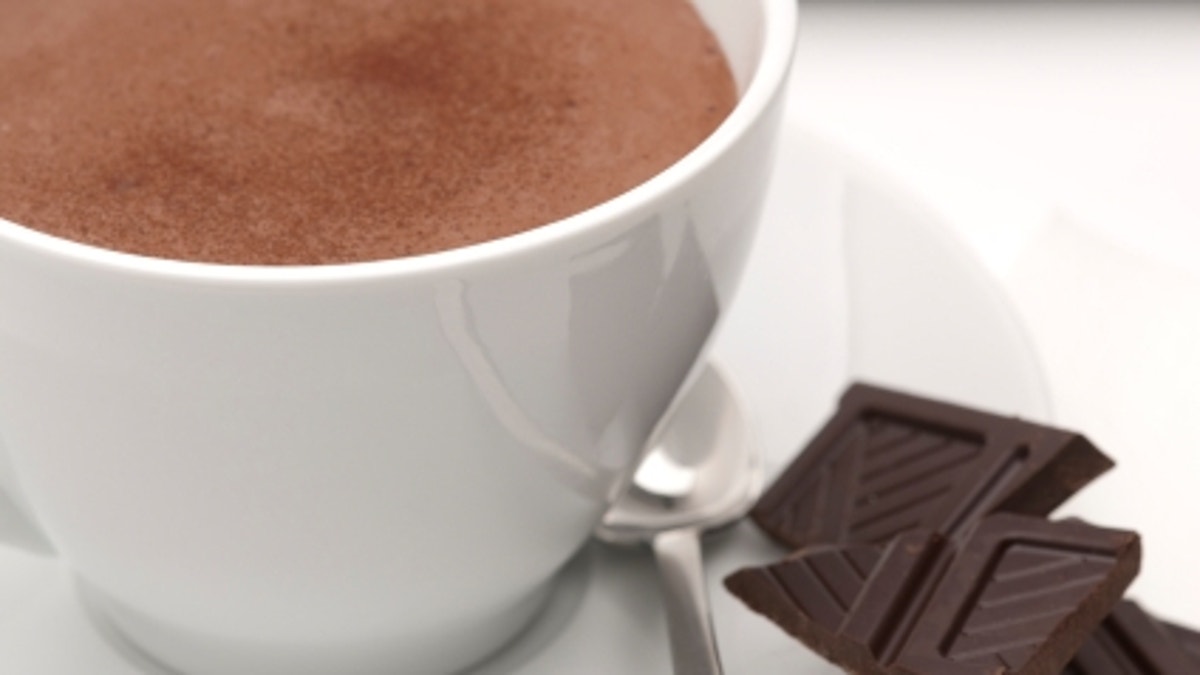
Cup of hot Chocolate (iStock)
Even before chocolate was a known aphrodisiac (it contains the chemical phenylethylamine, a stimulant that the brain releases when people fall in love) the church, suspicious of its pleasure-inducing qualities banned nuns and monks from ingesting it. In fact, a chocolate ban issued by the church in the 1600s is thought to have caused the first known actual case of death by chocolate.
In San Cristobal de las Casa, in Chiapas, Mexico, noble Spaniards were so addicted to chocolate that they had their maids serve it to them in church. The outraged bishop issued a ban forbidding consumption of food or drink during Mass. The aristocrats rebelled but the bishop stood firm. The situation resolved itself when the bishop suddenly and mysteriously died by drinking, legend has it, a poisoned cup of hot chocolate.
Hot chocolate these days is a very different animal than that created by the Aztecs, which was drunk cold and mixed with cornmeal and chiles. The Spanish began serving it hot added sugar and spices like nutmeg and cinnamon. Today’s hot cocoa is a blend of cocoa powder, sugar and dry milk reconstituted with water and is naturally low in fat. “Hot chocolate” or "drinking chocolate," is made from ground chocolate, which contains cocoa butter and is made with hot milk. While delicious, a cup may not be worth dying for.
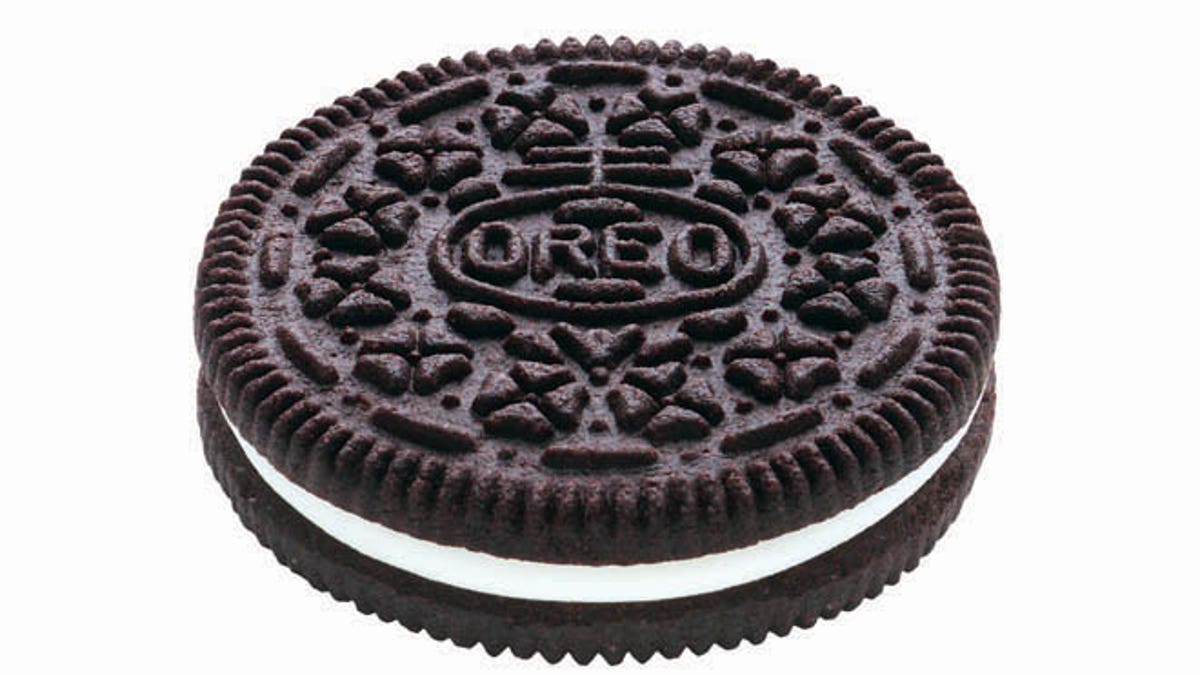
(Nabisco)
3. Oreos
No one, not even Nabisco, expected very much from Oreos when it was first created. In 1912, it didn’t even get a solo launch, debuting with two other cookies, the Mother Goose and the Veronese. The latter two crumbled into obscurity while the innocuous little sandwich cookie went on to become the world’s best-selling cookie. Nearly a half-trillion have been sold since 1912, more than thirty-five billion in 2011 alone.
Despite the impressive figures, little is known about Oreos’ origins. We know that William A. Turnier created the modern embossed design in 1952. And that Sam J. Porcello invented the creme-filling and chocolate- and white chocolate-covered Oreos (he held five Oreo-related patents). But no one knows who actually invented it, how it got its name or even what it means.
Some say it comes from the French “Or,” meaning “gold” which reflected early gold-foil packaging. Others point to the Greek root “orexin” which means appetite or appetizing. Some cite the Greek “oros,” meaning “mountain” echoing an early mound-shaped design. Others see a simpler solution. They feel it’s a kind of acronym, combining the two “o’s” in chocolate and the“re” from “cream.”
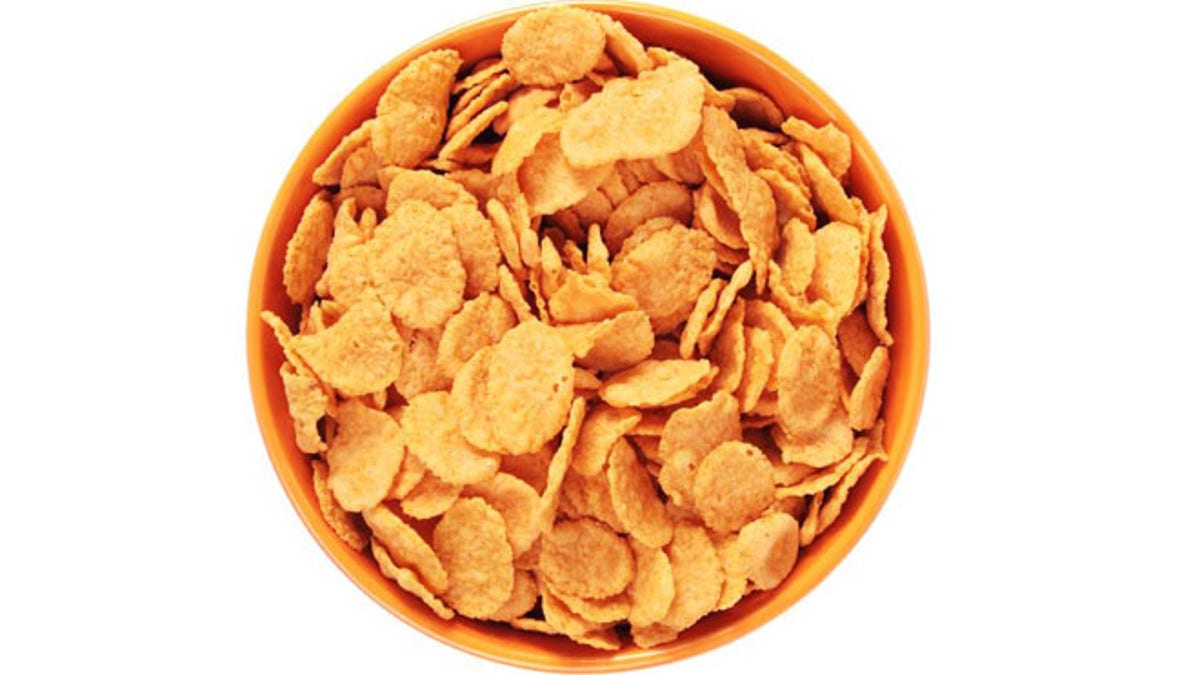
(iStock)
4. Corn Flakes
While working on a new type of wheat dough John Harvey Kellogg and his brother Will Keith Kellogg accidentally discovered a process for making cereal flakes. Wheat dough left out overnight cracked into thin flakes when rolled out the next day.
J.H. Kellogg linked diet and sex, and like Sylvester Graham, believed that vegetarianism eradicated sexual impulses. Kellogg favored sexual abstinence believing that sexual relations led to disease. He proudly boasted that he and his presumably long-suffering wife, the former Miss Ella Eaton of Alfred Center, New York, remained celibate for their 40-year marriage.
He was also obsessed with colon health, believing that an unhealthy bowel caused any illness not caused by sex. He not only prescribed eating yogurt and drinking large amounts of water but doing frequent enemas--a practice expanded upon at the brothers’ Battle Creek Sanitarium, a kind of health farm/spa.
Not surprisingly, J.H. kept the flakes bland and tasteless. Much to his brother’s chagrin, W.K. left the sanitarium, sweetened the flakes and founded the Kellogg Toasted Flake Company.
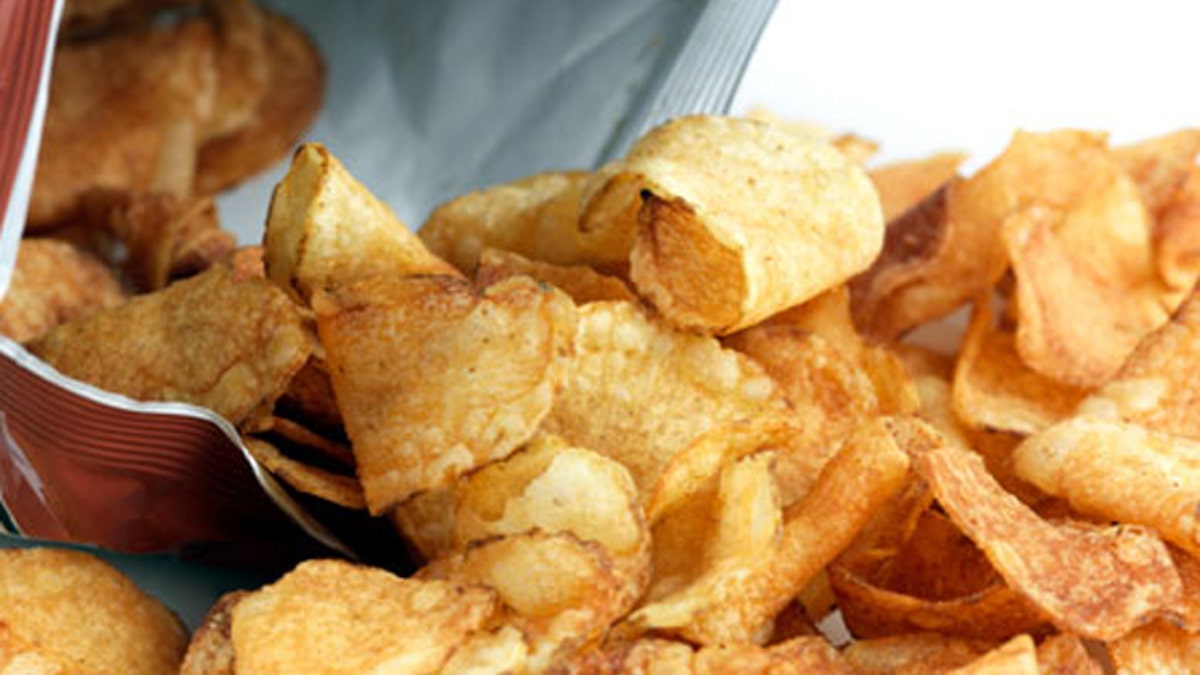
(iStock)
5. Potato Chips
One of our most popular snacks resulted from the contentious relationship between a self-important restaurant guest and a frustrated chef who wanted nothing more than to spite him.
While on vacation in Saratoga Springs, N.Y. a well-heeled patron (some say Cornelius Vanderbilt) was irritated with a serving of thickly-sliced fried potatoes. He kept sending them back requesting thinner potatoes. Moon’s Lake House restaurant chef, George Crum, finally sliced so thinly that they’d crack when speared with a fork. He hoped this would irritate the customer as much as the customer was irritating him. The customer loved them and so-called “Saratoga Chips” were born.
Nice story only it’s untrue says, Dirk Burhans, author of Crunch: A History of the Great American Potato Chip (University of Wisconsin Press). Crum’s sister, Katie Wicks was frying crullers, a long, cake-type donut, in the kitchen while also peeling potatoes. She accidentally dropped potato peelings into the hot fat. She fished them out and tasted them with her brother, say Burhans. They loved them and potato chips were born.
Today’s super-thin chips (Burhans calls them “picnic chips”) are the result of automation while thicker, heartier, crunchier kettle chips are more like Crum’s originals. Burhans compares small-batch, high-end potato chip makers with microbreweries in terms of reviving the craft of the potato chip. “Kettle Chips, well, they are teeth-breakers,” he says, “but they have great flavor.”
